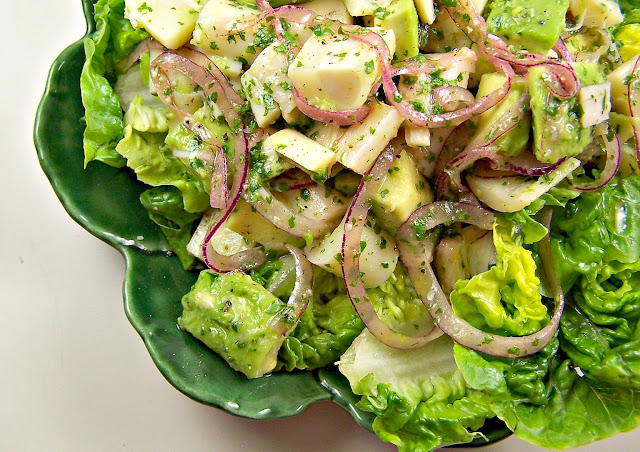Imagine a blind tasting in Paris featuring some of
France’s most illustrious Champagnes. Eminent
wine critics served as the judges. The
event was a haute couture of
Champagne, with brands present like Veuve Clicquot, Taittinger, and even pricey
Pol Roger (so beloved by Winston Churchill that he named his race horse after his
favorite bubbly). Although Pol Roger placed third in the
tasting, Churchill may have not been too displeased for the winner of the
competition was a bubbly from England!
English “fizz” (as it is called in Britain), has been
somewhat of a joke in the wine world…for those who have not tasted it. I had the pleasure to visit a winery in
1999 and was surprised that their fizz was actually drinkable. Lots, however, has happened to the wine
industry in England in the last 15 years.
In fact, the top two wines in the above blind tasting were from England.
Why not England?
Stop and think. Southern England, where the two winning wineries are located, is about
the same latitude as the Champagne countryside.
England also has limestone soils very similar to Champagne. Moreover, England’s southern coast, is warmer than many
parts of Champagne, thus riper fruit means more complex flavors. The secret is out. Champagne Houses such as Taittinger have
bought land in England and are beginning to make their version of fizz.
Wine-Knows will be taking its first group to England
in 2018, however, the tour has already sold out.
We have added another tour in 2019.
If you can’t wait until then, here are the names of the English fizzes
that turned the Champagne world upside down:
~ Hamilton Classic Cuvee, 1st place
~ Nyetimber Classic, 2nd place
Have a fizzy New Year!






















